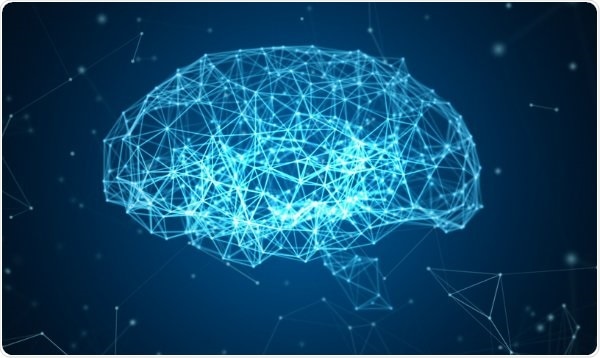For a long time, researchers have attempted to gain better insights into the development of the cerebral cortex and its layers, since pathologies like epilepsy, autism, and schizophrenia are associated with this process.

Image Credit: GETTY.
Researchers from the University of Surrey, Nottingham University, and Newcastle University have now described how they created and employed a computational model to mimic the division, migration, and apoptosis (cell death) of cells, with the hope of gaining insights into how these processes influence brain development.
The findings of the study have been reported in a paper published in the Cerebral Cortex journal. The researchers used their computer model to simulate an extensive range of cerebral structures to study—from rats to macaques, to humans.
They also noted that minor changes in the way cells perform division and apoptosis result in the development of cortical structures that occur in neurodevelopmental disorders like subcortical band heterotopia, polymicrogyria, and autism.
We are working towards a comprehensive computational model of the cerebral cortex and how it develops—taking into account how neurons behave and organise themselves in our brains. It is clear to us that computational models have a crucial role to play in helping us to comprehensively understand the complex biological processes that lead to developmental disorders.”
Dr Roman Bauer, Study Lead Author and Engineering and Physical Sciences Research Council Research Fellow, University of Surrey
According to Marcus Kaiser, senior author of the study and Professor of Neuroinformatics at the University of Nottingham, “A large proportion of nerve cells dies before birth, but it was unclear why these cells are just born to die at such an early stage. The team’s results showed that cell death plays an essential role in developing the brain, as it influences the thickness of the cortex’s layers, variety and layer cell density.”
Source:
Journal reference:
Bauer, R., et al. (2020) Creative Destruction: A Basic Computational Model of Cortical Layer Formation. Cerebral Cortex. doi.org/10.1093/cercor/bhab003.